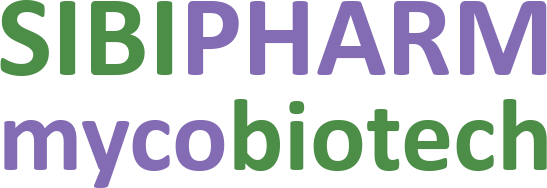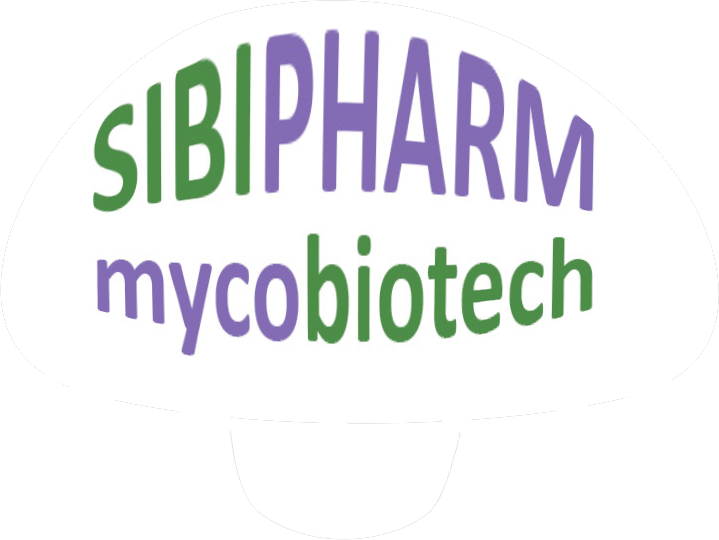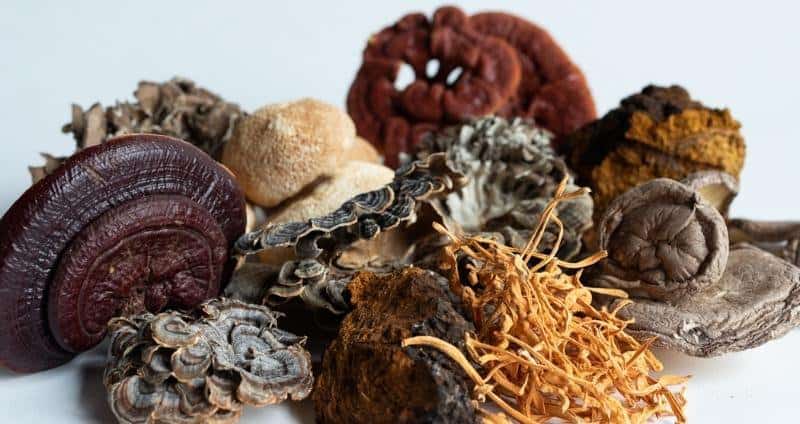Mushrooms have been used for centuries in traditional medicine of different nations, but in recent decades scientific research has opened up new horizons for their use in modern pharmaceuticals. Due to the rich content of bioactive substances such as polysaccharides, terpenes, alkaloids and sterols, medicinal mushrooms have a wide range of therapeutic effects: antitumor, immunomodulatory, antiviral, antioxidant, antibacterial and anti-inflammatory.
Chemical composition and active substances
Medicinal mushrooms contain unique bioactive compounds. One of the most studied classes of substances are beta-glucans – polysaccharides with powerful immunomodulatory properties. They stimulate the activity of macrophages and NK cells, which helps to strengthen the immune system. Mushrooms also contain terpenoids – substances that exhibit anti-inflammatory and anticarcinogenic effects, and ergosterols (provitamin D2) help regulate the level of vitamin D in the body. In addition, mushrooms are rich in phenolic compounds, which are strong antioxidants and protect cells from oxidative stress.
Medicinal effect of mushrooms
Medicinal mushrooms have a wide range of pharmacological properties, which are actively studied to create new drugs. One of the main areas of application of mushrooms is immunomodulation. For example, Shiitake mushrooms (Lentinula edodes) contain lentinan, a polysaccharide that stimulates immunity and is used in the treatment of certain types of cancer as an adjuvant to chemotherapy. Reishi mushrooms (Ganoderma lucidum) are known for their adaptogenic and anti-inflammatory properties; their active components, triterpenes, have a calming and anti-stress effect, reducing the risk of cardiovascular diseases.
The antiviral properties of mushrooms are also actively studied. Coriolus versicolor mushroom extract demonstrates a pronounced effect against influenza, herpes and hepatitis B viruses. This is due to the presence of the PSP protein (Polysaccharopeptide), which stimulates the production of interferons and activates the body’s defense mechanisms. A number of clinical studies have shown the effectiveness of mushroom extracts in supporting patients with human immunodeficiency viruses (HIV).
Mushrooms also have antibacterial properties. Thus, the Chaga mushroom (Inonotus obliquus) contains betulinic acid, which suppresses the growth of pathogenic bacteria such as Staphylococcus aureus. This makes chaga promising in the development of antibacterial agents against the background of growing resistance to traditional antibiotics.
Examples of the use of mushrooms in the treatment of diseases
One of the striking examples of the successful use of mushrooms is the fight against cancer. In Japan and China, a drug based on the Shiitake mushroom called “Lentinan” is used as an adjuvant in chemotherapy for the treatment of stomach and lung cancer. Studies have shown that the combination of conventional treatment and lentinan increases the life expectancy of patients and improves their quality of life, reducing the toxic effects of chemotherapy.
Coriolus mushroom has been studied for several decades as an additional treatment for patients with cancer and HIV. In the 1980s, Japanese scientists developed a drug called PSP, which reduces the viral load in HIV patients by supporting their immune system. Mushroom extracts have also proven effective in slowing tumor growth and improving the general condition of cancer patients.
Chaga mushroom has long been known in folk medicine as a treatment for gastritis and gastric ulcers. Modern research has confirmed that chaga extracts promote healing of the gastric mucosa and suppress the proliferation of Helicobacter pylori, which causes ulcers.
Prospects for the use of medicinal mushrooms in pharmaceuticals
Today, mushrooms are considered a promising source of new pharmacological drugs. Thanks to biotechnological methods, scientists can isolate the active components of mushrooms in pure form, study their mechanism of action and develop dosage forms based on them. This opens up opportunities for creating drugs with minimal side effects, since natural substances of mushrooms are highly biocompatible with the human body.
Particular attention is paid to research on mushrooms in the field of neuroprotection. Mushrooms such as Lion’s Mane (Hericium erinaceus) contain substances that stimulate the production of nerve growth factor (NGF), which makes them potential means for the prevention and treatment of neurodegenerative diseases such as Alzheimer’s and Parkinson’s.
Research into the use of mushrooms is ongoing, and future discoveries can significantly change approaches to the treatment of various diseases. Today, mushrooms are already widely used as supplements and alternative means for maintaining health, but in the coming years they may take their rightful place among official pharmacological agents.
Conclusion
Medicinal mushrooms are a unique natural resource with powerful therapeutic potential. Containing active substances such as beta-glucans, terpene compounds and phenols, they can help fight cancer, viral infections, inflammation and neurodegenerative diseases. The example of Shiitake, Coriolus and Chaga mushrooms has already proven their effectiveness in the treatment of serious diseases, which opens up great prospects for their use in pharmaceuticals.
Author: Adolf Müller






